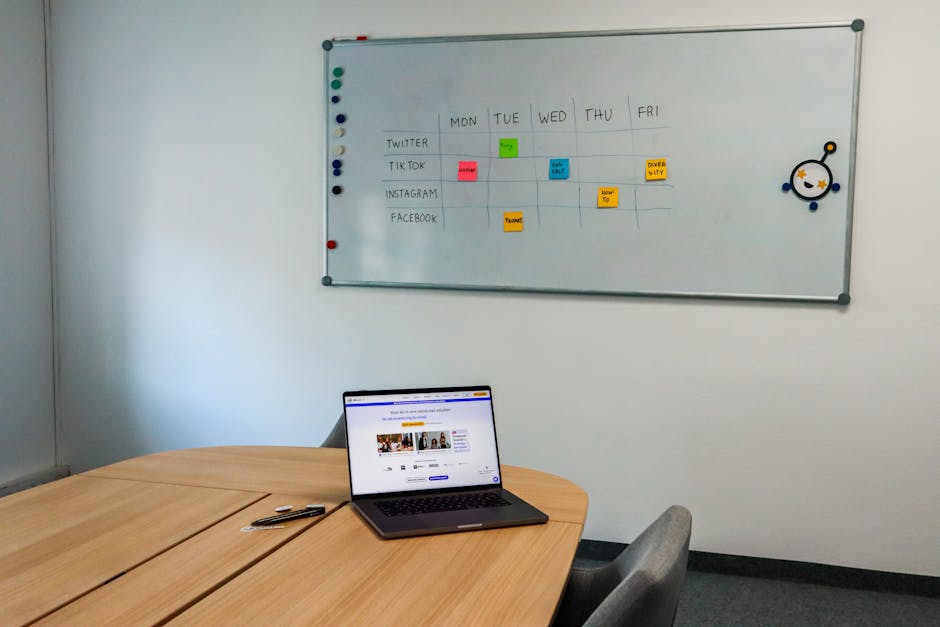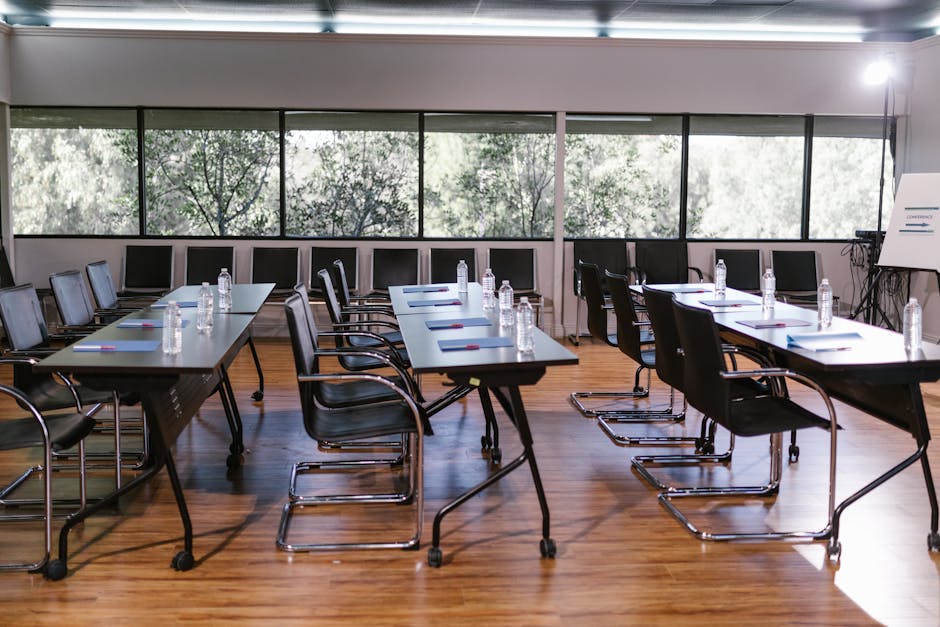Articles on Productivity

Maximizing Workplace Efficiency: How Multi-Location Search Transforms Office Management
The evolution of workplace search functionality is transforming how organizations manage their spaces. This article explores how multi-location search capabilities enable teams to quickly find and book the right spaces across different office locations, dramatically improving efficiency and supporting the needs of distributed workforces.
By Sophia Marshall

Mastering Office 365 Room Calendars: A Comprehensive Guide
Discover the power of Office 365 room calendars in this comprehensive guide. From setting up resource calendars to managing conference rooms, we'll walk you through the process of streamlining your workplace scheduling. Learn how to add rooms, view calendars, and create efficient booking systems for your organization.
By Isabella Hunter

The Power of Office Automation: Boosting Productivity and Efficiency in the Modern Workplace
Explore the transformative benefits of office automation in today's dynamic work environment. From increased productivity and reduced facilities costs to improved employee experiences and data-driven decision-making, learn how automated systems are reshaping the modern workplace.
By Julian Everett

Revolutionizing Workplace Flexibility: The Power of Office Hoteling
Office hoteling is reshaping the modern workplace, providing a flexible solution for businesses adapting to hybrid work models. This article explores the benefits of hoteling workstations, best practices for implementation, and how it's revolutionizing office space management in the post-pandemic era.
By Charlotte Reed

Mastering Office Seating: A Guide to Efficient Workplace Arrangements
This comprehensive guide explores the art of office seating arrangements, offering insights on creating efficient layouts, utilizing seating chart generators, and adapting to modern workplace needs. Learn how to optimize your office space for productivity and employee satisfaction.
By Oliver Wright

Optimizing Office Efficiency with Outlook Desk Booking Integration
As workplaces evolve toward hybrid models, integrating desk booking systems with Outlook creates a seamless experience for employees. This article explores how organizations can implement desk booking solutions that work with existing calendar tools, optimize workspace utilization, and support flexible work arrangements while gathering valuable occupancy data.
By Julian Everett

Maximizing Efficiency: How to Reduce No-Show Meetings and Optimize Room Scheduling
Discover practical steps to tackle the pervasive issue of no-show meetings and enhance room scheduling efficiency. This article explores the impact of abandoned meetings on workplace productivity and offers innovative solutions to reclaim wasted time and resources.
By Isabella Hunter

Revolutionizing Office Floor Plans: A Guide to Creating Inspiring Workspaces
In today's evolving work landscape, creating an office floor plan that employees love is crucial. This article explores innovative approaches to office layout, from flexible workspaces to incorporating natural light, and provides practical tips for enhancing your office environment to meet the needs of a hybrid workforce.
By Lucas Hamilton

Revolutionizing Office Layout: Boosting Productivity and Employee Experience
This article explores cutting-edge approaches to office layout design, focusing on how thoughtful space planning can significantly improve productivity and employee satisfaction. We delve into balancing collaborative areas with focused work zones, incorporating employee feedback, and adapting to the evolving needs of a hybrid workforce.
By Evelyn Parker

How to Share Google Calendar with External Users: A Comprehensive Guide
This guide provides step-by-step instructions on sharing Google Calendar with external users, including resource calendars. It covers the benefits of calendar sharing, permission settings, and best practices for efficient collaboration across organizational boundaries.
By Julian Everett

Revolutionizing Workplace Efficiency: The Power of Space Management Systems
In today's dynamic work environment, space management systems have become crucial for organizations adapting to hybrid work models. This article explores the benefits of these systems, their role in workplace strategy, and how they're reshaping office productivity and resource allocation.
By Amelia Clarkson

The Ultimate Office Relocation Checklist: Ensuring a Smooth Transition
Planning an office move can be daunting, but with the right checklist, it becomes manageable. This article provides a comprehensive guide to office relocation, covering everything from initial planning to post-move optimization. Learn how to minimize disruption, maintain productivity, and create an improved workplace experience for your team.